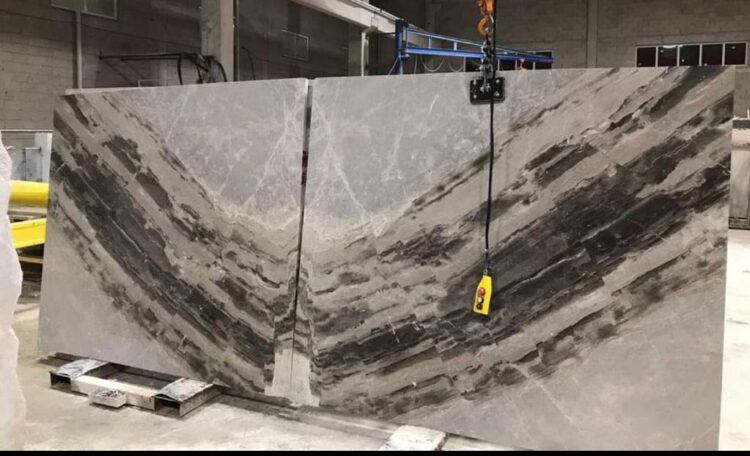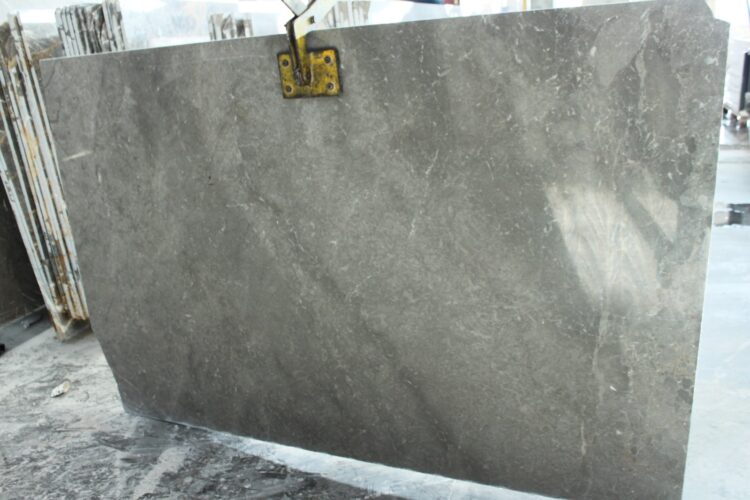The rediscovered, natural, lasting insulation
The ancient pyramids are built predominantly of limestone. They have been well preserved for millennia because the Egyptians knew the effect of silica. Silica mineralizes the stone, hardens it and makes it resistant to environmental influences. This form of ecological insulation has almost been forgotten.
What is mineralization?
If you take a stone out of the river and break it, it is moist on the outside and dry inside. The stones are covered with microorganisms on the outside, the so-called diatoms. These form silica through photosynthesis, which protects the stone from the ingress of moisture. Jean Pierre Allegre (technical director of ProtecD) has succeeded in reproducing the natural process of diatoms in water. He has developed a product that mineralizes the stones ecologically and permanently. Liquid cannot penetrate the stone or concrete anymore. There can be e.g. no frost damage from infiltrating water. Saltwater and road salt damage the stone just as little as UV rays. Dirt no longer penetrates the stone. Stone and concrete surfaces are much easier to clean. Several municipalities have already taken advantage of this and have mineralized pedestrian zones / promenades. After a normal cleaning no ugly spots remain, and chewing gum and graffiti are easier to remove. The municipal cleaning costs have been reduced drastically. Tests according to the method of Mohs (*) show that the stone usually gets 2 points more resistant to abrasion. Even stains of red wine, coffee and cola no longer lead to permanent discoloration.
Mineralization means lifelong insulation
The difference between conventional insulation and mineralization lies in the chemical compound of the molecules. It is easy to explain this with the example of the combination of oil and vinegar. If you mix both, you get a connection that separates after a while. Resin-based insulation agents behave similarly, which cannot permanently bond with the mineral molecules of natural stones. For this reason, the insulation usually does not last longer than applied colour. Intensive cleaning with hot water and strong steam jet accelerate the process. ProtecD mineralizers are made up of mineral molecules that penetrate deeply into the minerals, connecting with them forever. Neither colour nor appearance are changed by this process. Settling of moss, mushrooms or algae is no longer possible. This is especially important for historical monuments, fountains and roofs.
(*) The MOHS scale is the most commonly used method for classifying gemstones and other minerals or materials according to their hardness. It was invented in 1812 by the German mineralogist Friedrich MOHS and refers to the ability of a mineral to resist abrasion. Minerals are divided into categories from 1 (for the mildest) to 10 (for the hardest). Since this classification is relatively fixed between minerals, the hardness difference between a diamond and a ruby is much greater than that between calcite and gypsum. The classification index is not proportional to the hardness, as the diamond index 10 is four times harder than the corundum index 9, which is twice as hard as topaz.





























 +90 532 585 51 95
+90 532 585 51 95 +90 532 585 51 95
+90 532 585 51 95